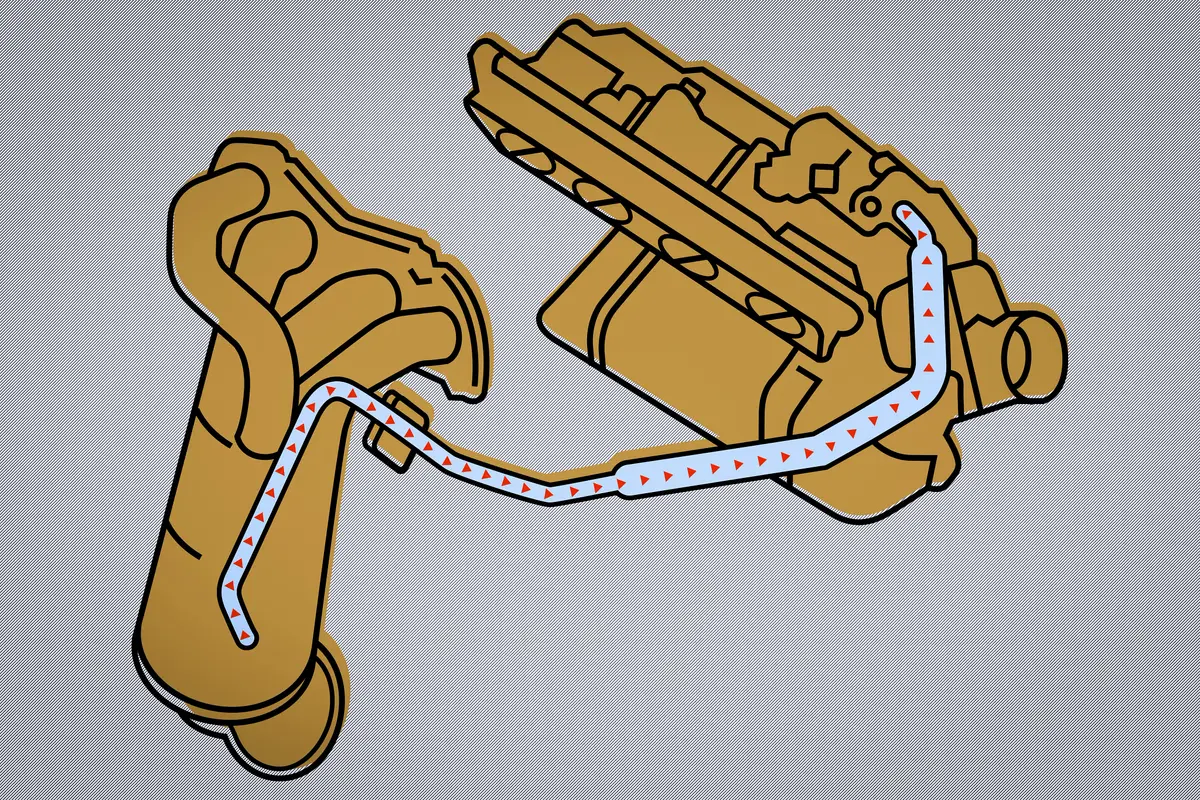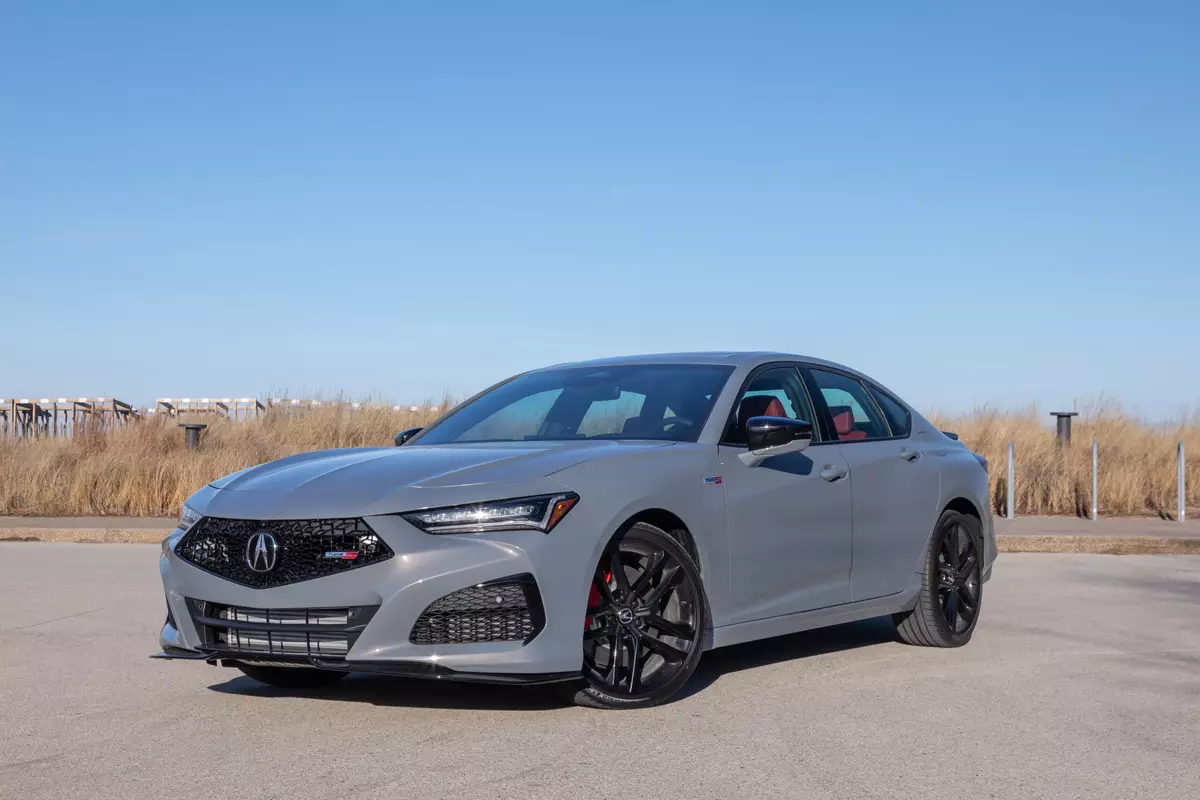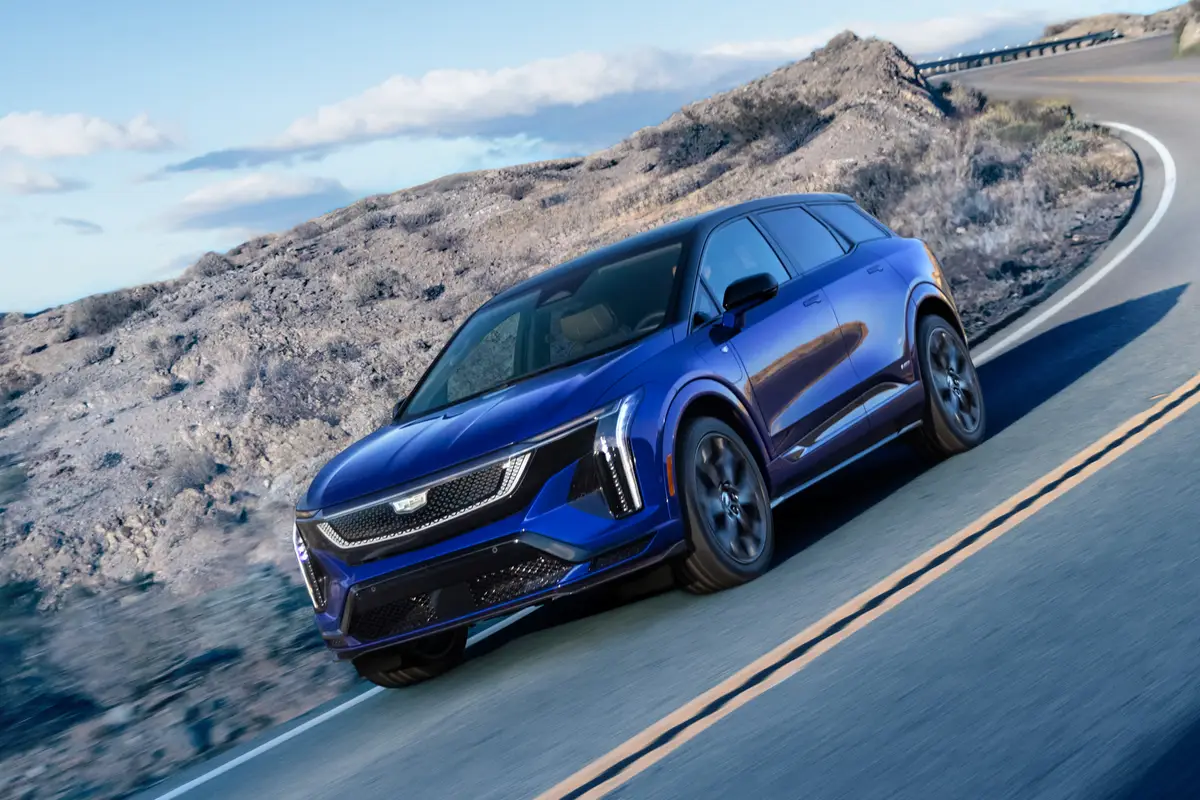Boston.com's view
If you’re a mainstream automaker and still don’t have at least two car-based crossovers in your lineup, you’re either sick with bankruptcy or making out like a bandit on just one. The progenitor of the luxury crossover segment, Lexus, is in the latter with its RX 350, now in its tenth year. Toyota didn’t need a Venza alongside its hot-selling RAV4 and Highlander models, but thought Camry buyers needed an alternative.
While Ford is axing the Taurus X, leaving us with the Edge and underappreciated Flex, BMW is so pumped it added a third, the unclassifiable X6, and is due for a fourth (X1) in 2010 or 2011. Chrysler, which once sold Pacificas by the barrel, is down to the Jeep Compass (and if you’re really stretching it, the Dodge Nitro and maybe the Jeep Patriot).
Saab has none at all, and its sad, tattered divorce with GM has made rival Volvo even happier to introduce the 2010 XC60, the compliment to its beefier car-based XC90. As a Volvo, even a 2010 Volvo, the XC60 isn’t tailored for Joe Mercedes. Even under a decade of Ford management, Volvo’s quirky and unconventional behavior hasn’t rubbed off entirely, and that’s exactly what the marque’s rabid New England fan base desires.
For one, Volvo has kept those elbow-twisting lumbar cranks on the sides of the front seats. Conventional luxury buyers might get frazzled by the navigation system – controlled either by buttons behind the steering wheel or by a remote – or how the radio LCD display looks like an afterthought placed in the raised center dash speaker. There’s good news behind all of this. The thin seats, trimmed with orange stitching, are so supportive you won’t need the extra cranks. The LCD display, in fact, is at perfect eye level and doesn’t get washed out.
And after a full day trying to clear the incessant legal warning off the navigation screen, I succumbed to reading the manual to locate the invisible buttons (the instructions just said to press the “enter” button, and there’s two in the XC60). It’s not as intuitive as a touch-screen, but Volvo’s system was easier to manage without taking a finger off the wheel. New Englanders, who are as happy in 20-year-old 240 wagons as they are in late-model XC70s, won’t mind these critiques, and will likely snatch up most of America’s XC60s.
Our T6 AWD tester was very Germanic with its brushed aluminum accents, black everything, and driver-angled dashboard. Volvo’s “waterfall” center stack, as seen first on the S40, has a storage tray directly behind it, but retrieving small items is awkward. An optional $295 wood inlay on the stack actually feels like wood, and the rest of the interior – especially the bumpy textured leather on the door sills – is first-rate, save for some sharp plastic mold seams on the door handles and chintzy-feeling driver window switches.
Volvo’s rounded, flat body style has been tailored to greater taste on the XC60. Those arching LED tail lamps are drizzled artfully onto the small hatch, which is easily closed with one hand. The now-trademark shoulder flanks create forward motion as they slope toward the hood, and the vertical LED parking lights and massive Volvo badge are not-so-subtle reminders of prestige. The shape is remarkably clean without being generic, and makes the XC60 more recognizable than most premium crossovers, including Audi’s new Q5.
On the road, it’s hard to pin the XC60 as the taller V70 wagon/S80 sedan it’s based on. Compared with the V70, the XC60 is 7.7 inches shorter, only 1.1 inches wider, and sports a 1.7-inch shorter wheelbase. The 6.5-inch increase in height isn’t towering, just enough to require a higher step-in. That means you can toss the XC60 around, and with Volvo’s torquey turbocharged inline-six (295 pound-feet at just 1,500 r.p.m.), it’s flat-out enjoyable, even with 4,225 pounds on board. Volvo has dialed back the steering boost in favor of greater road feel, and the wheel’s on-center accuracy is less numb than in other Volvos.
Brakes are equally impressive in their firmer feel and bite. Body-roll was surprisingly flat. The ride is taut but compliant (better to have the 18-inch wheels on our car versus the optional 19s). The first-generation S80 pins the Land Rover LR2, and by comparison with the XC60’s second-gen chassis, the little Brit drives like a big yoga bouncy ball. This Volvo is all-around sporty, and the EPA 16/22 rating is on par for the class. After 451 miles – half spent on the highway – I averaged 19 per gallon.
Volvo’s latest safety innovation, “City Safety,” uses a laser device mounted on the windshield to detect cars directly in front, and stomps on the brakes if it senses the driver won’t. City Safety is active from 2 to 19 miles per hour, which Volvo says is the average speed range of most city accidents. At 9 miles per hour and below, the XC60 will come to a full stop, and at higher speeds up to 19 miles per hour, the XC60 will definitely hit the car in front, but at a reduced speed.
It’s standard and will eventually trickle across the Volvo range. There are limitations, such as reduced sensor visibility in poor weather, and it’s not designed to detect motorcycles or pedestrians. Still, the feeling of a car braking by itself was startling, and impressive, when I tried it during a Volvo-sponsored demo in the Prudential garage. It’s a helpful guardian for that one time when you weren’t looking.
Our XC60, with optional navigation, backup camera, surround sound, heated front and rear seats, heated washer nozzles, headlamp washers, rain sensor, and cabin air filter, rang up $42,250 with destination and a no-charge panoramic sunroof. For those who don’t need all-wheel-drive or a turbo, the 3.2 starts at $32,995.
For those who don’t understand Volvo, there’s a long line of buyers threading from Fairfield County to Bar Harbor who do. Get out of it.
Latest news



